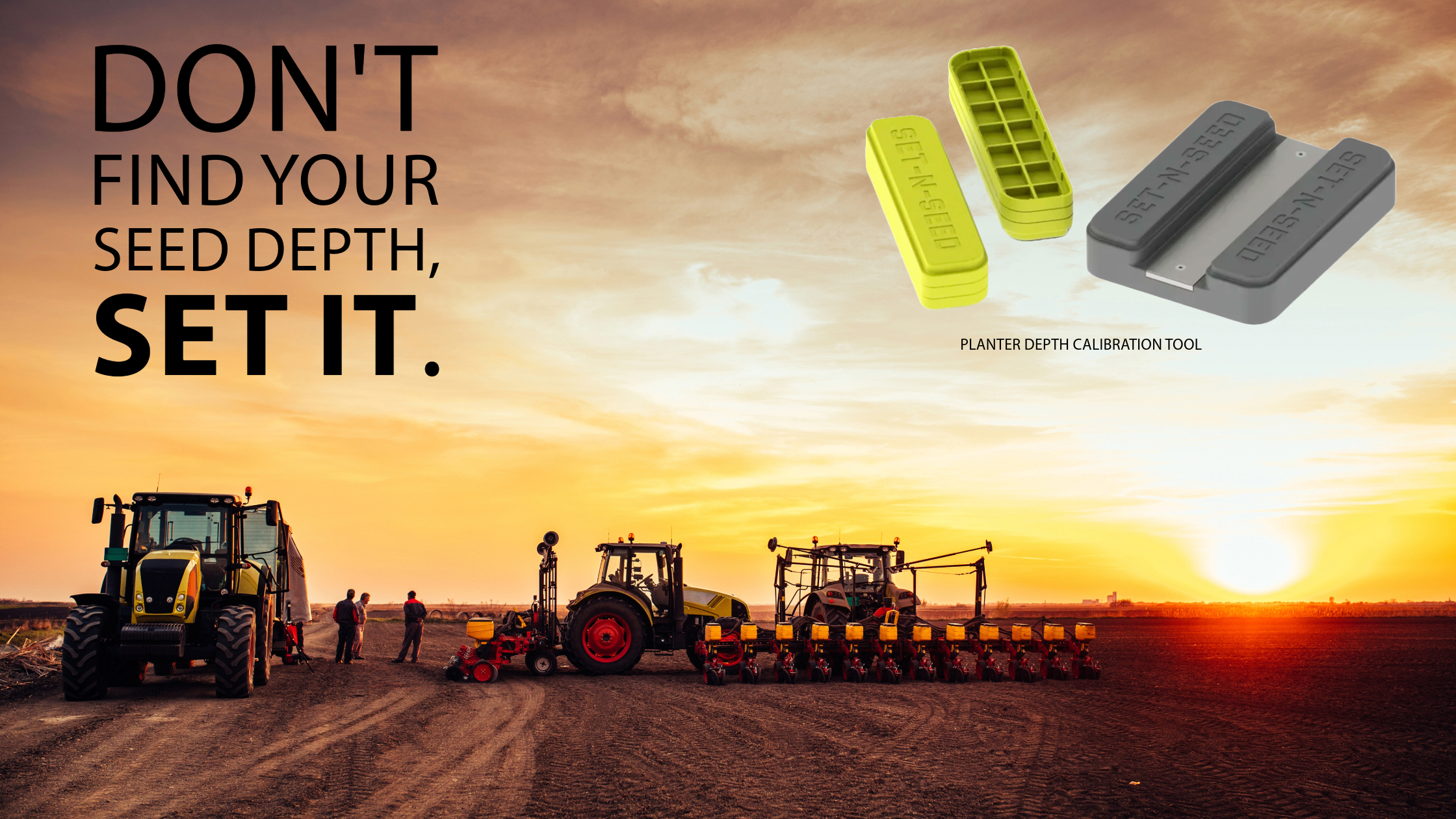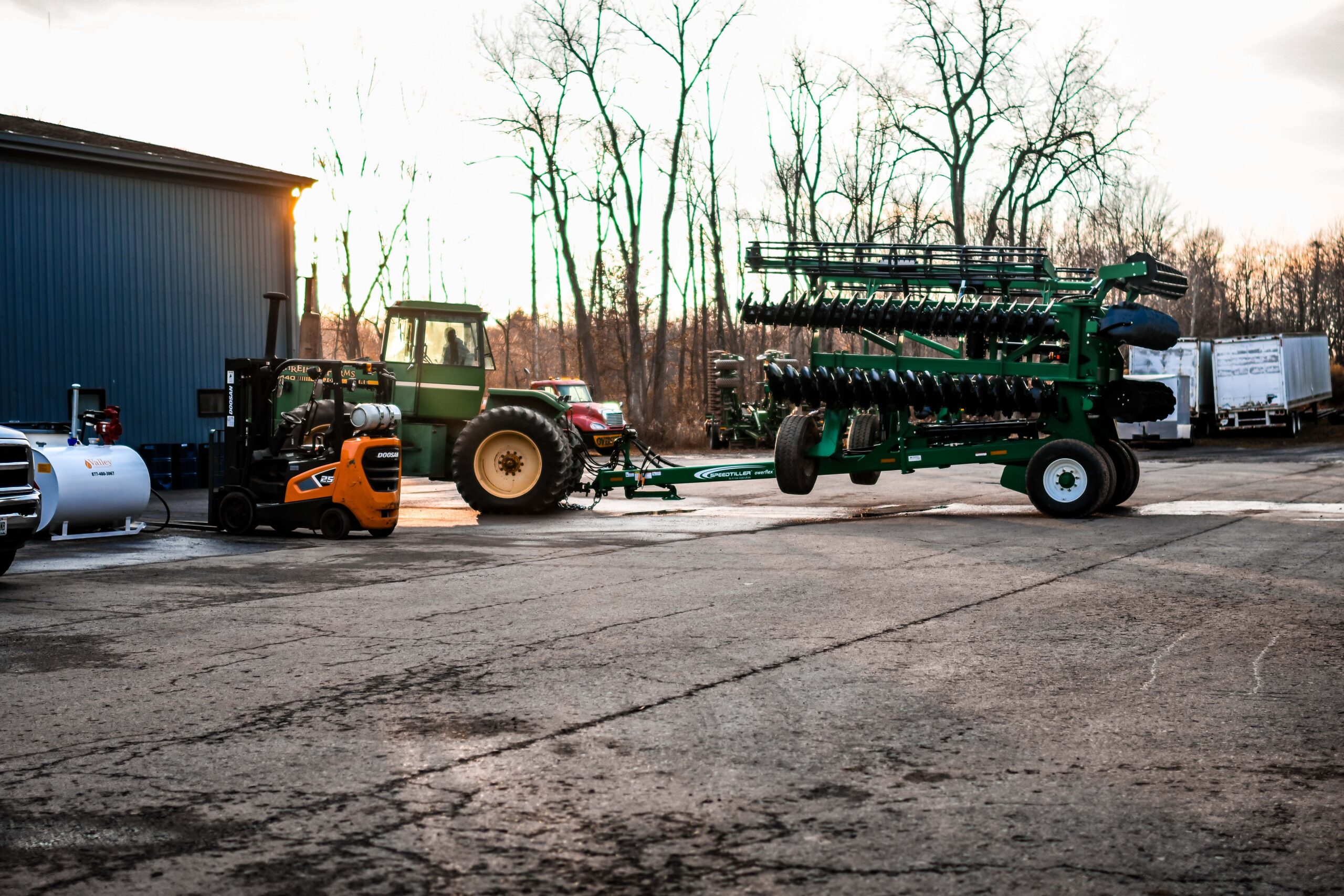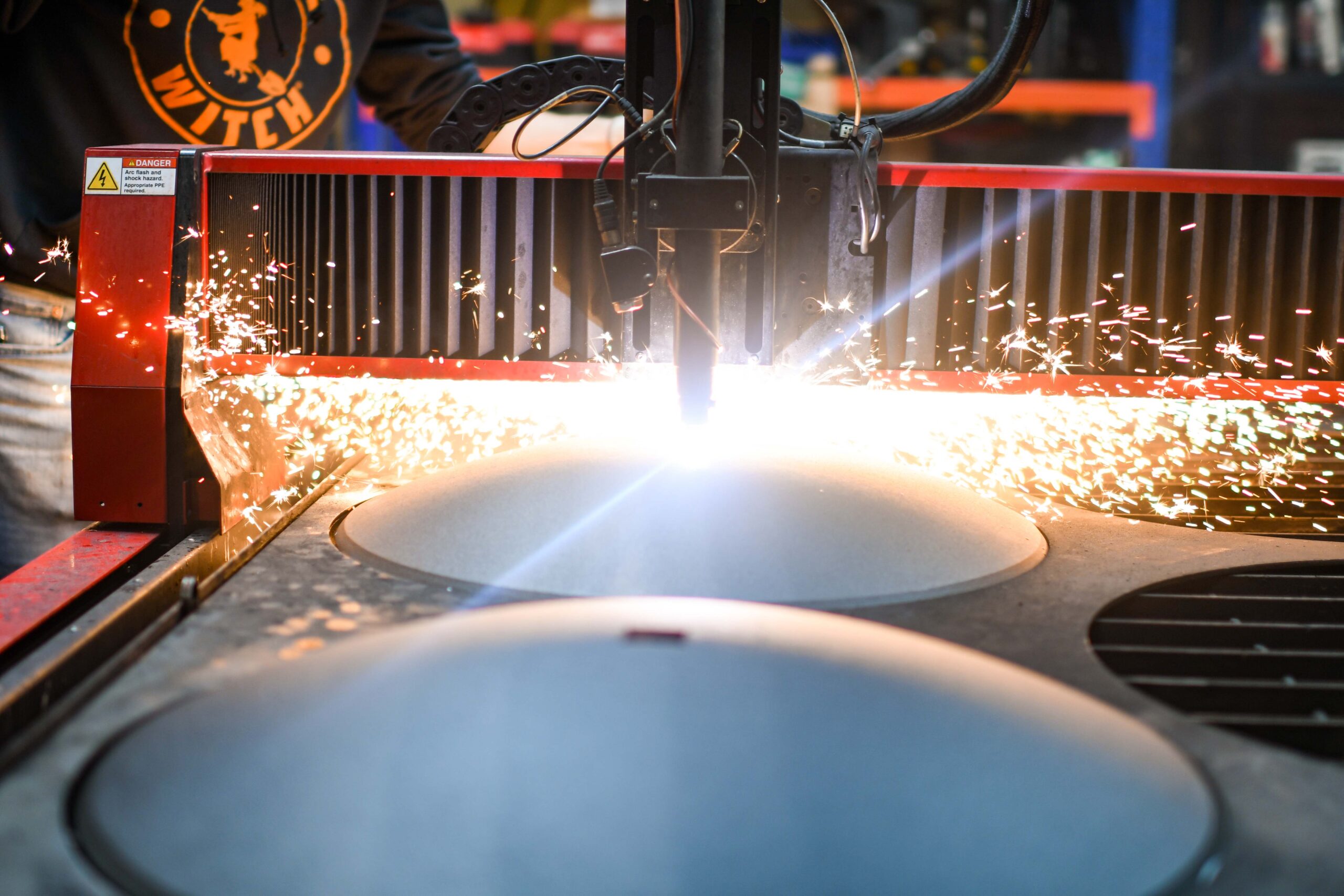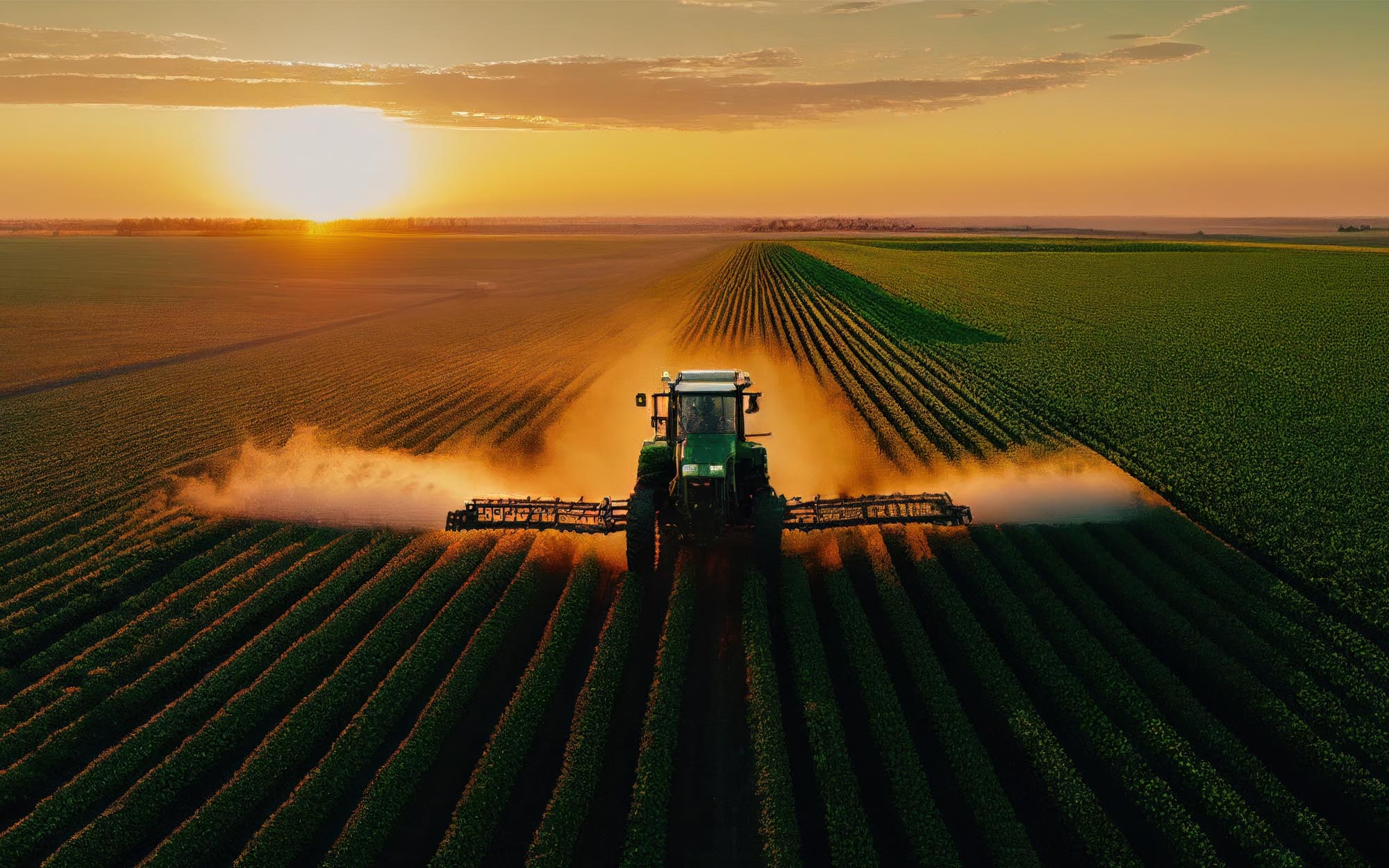
An Expert’s Guide to Planting Crops
There’s more to planting crops than simply dropping a seed in the dirt. Planting crops is a multi-layered process that requires immense knowledge and practice. Under the wrong planting conditions, your seeds are less likely to produce viable crops. This can cause profit loss, wasted time, and unfed mouths. By understanding the full scope of planting crops, you can approach the growing season knowing you’ll produce high-quality yields.
Read on to gain a better understanding of the planting process, including:
- What is required for planting crops?
- What are the many kinds of seeder equipment?
- What are the steps for planting crops?
What Is Needed for Planting Crops?
Each season, farmers must begin planting crops like corn, soybeans, and peas, but before they start, they must perform detailed inspections on their planter equipment. This includes proper planter calibration, examining planter parts for wear and tear, and undergoing tests to ensure everything is in working order before attempting to sow seeds throughout your entire field. Experienced planter operators may already have a thorough understanding of the maintenance requirements within their region, but weather conditions, soil types, and cropping systems can vary by geographical location. There are many resources available for those that require them, such as regional guides, operation manuals, and online tutorials provided by equipment manufacturers.
Seeds
Selecting the right types and places to plant seed plays a large part in their yield and viability, as some crops are better suited for particular environments than others. Choose fresh seeds that are likely to thrive in your region and field, and if you’re unsure about certain crops, work with a local agronomist. Be sure to factor in how long certain seeds take to fully mature and how they may fare against local pests as they grow.
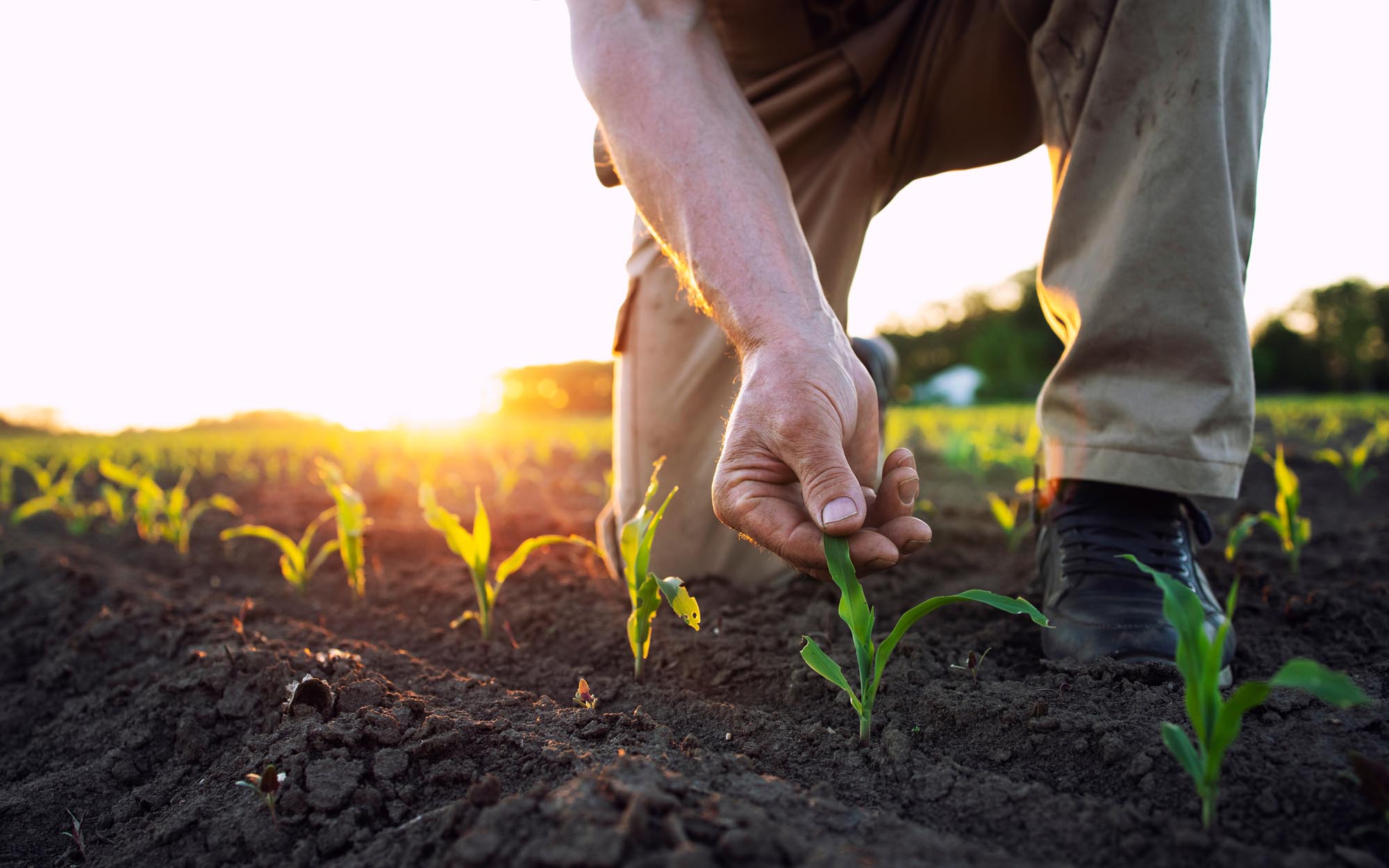
Soil
Rich and fertile soil is required for germination—the process of an organism growing from a seed to a sprout—to take place. A soil test can determine its viability and help you decide what measures must be taken to improve it. Techniques like no-till planting, spreading livestock manure as a biodegradable fertilizer, weed removal, and implementing cover crops into your field can improve soil quality and refine your crops.
Equipment
Many types of equipment can be used during the planting process, such as plows, levelers, harrows, rotary tillers, and cultivators to prep the soil, as well as tractors to pull them. The primary machinery needed for planting crops is a planter, air seeder, or grain drill. They come in various sizes and styles, all with the sole purpose of sowing seeds deep in the soil to achieve the best yields.
Understanding Planting Equipment
Seeders, also called planters, are intricate pieces of machinery designed to spread seeds over large areas of land quickly and efficiently. This is the primary equipment used for planting seeds, so it’s essential to understand the many types available at commercial ag supply companies. Here are some of the most commonly used seeders.
As the most important piece of machinery for planting crops, your planter needs to be in the best possible shape. Learn tips and tricks to better care for your planter equipment.
- Planters: Planters are one of the most frequently used seeders because of their planting accuracy, but they are also one of the most expensive. There are many planter attachments, blades, and moving parts that, when pulled by a tractor, cut into the ground to create furrows where the seeds are then dropped and pressed into the earth for the best seed-to-soil contact. The soil is then sowed and shut, allowing the seed to germinate. They can be used for both tilled and no-till soil conditions.
- Air Seeders: Air seeders rely on compressed air to fire seeds like bullets into the ground. However, they can only be used with tiny, round seeds that resemble pellets. Otherwise, they cannot function well enough to achieve reliable seed-to-soil contact. That being said, they are still an effective planting method.
Drill Seeders: Drill seeders, or box drills, are versatile and easy to use, which is why many farmers use them. They can be paired with various seed types, drilling directly into the soil and planting seeds at specified depths. Many drill attachments can be added to this variation of seeder as well. - Broadcast Seeders: Also referred to as rotary spreaders, broadcast seeders put seeds into a hopper, which contains a rotating plate that takes seeds in for spreading throughout fields. This planting style is best reserved for grasses and cover crops that improve soil conditions as opposed to standard crops like corn or soybeans, which require more precise placement.
The Step-by-Step Process of Planting Crops
Select Crops
The first step of the planting process is deciding what plants you wish to grow. There are many determining factors, such as the local climate, landscape, soil type, pests, potential rainfall, and more. It’s also worth considering the current market and which crops may sell for the best price at the end of the season. After selecting a crop, you must also choose the type of seed, as there are several variations of any given crop.
Inspect Equipment
Conduct thorough inspections before taking equipment like planters or drills to the field. Ensure that their components are in working condition and there are no signs of wear that could reduce the quality of your planting. Contact a trusted ag supply company like RangeLine Group if replacement parts are needed.
Prepare Soil
Soil quality impacts the quality of crops by controlling weeds, recycling plant nutrients from previous yields, and loosening the soil for easier planting and emergence. This may include leveling, plowing, or tilling the soil to create seedbeds. Adding organic and mineral fertilizers can improve nutrients in the soil.
Plant and Sow Seeds
While the method of planting can vary depending on the seeder you choose, the general concept remains the same. With an attached planter or drill, navigate a tractor throughout the field, paying close attention to the GPS and monitoring systems to ensure seeds are being planted accordingly. Be sure to stop and check seed depth and spacing periodically.
Post Planting Care
There’s still much work to do after successfully planting crops. Plants must be regularly monitored and fertilized during the growing season to ensure steady emergence. Irrigation levels must also be balanced during the correct periods. If all goes well, crops can be harvested at the end of the season.
The planting process relies on effective equipment to produce a strong turnout of crops. If your machinery needs a tuneup, you may need to contact an ag parts supplier.
Need Reliable Aftermarket Parts? Turn to RangeLine Group
Planting crops can take a toll on your equipment, especially seeders. Inspect and test your machinery before tackling another season of planting crops, and if you need repairs or replacements, call RangeLine Group. We specialize in supplying farmers with reliable aftermarket parts for all of their farming equipment, such as disc blades, coulter blades, closing wheels, gauge wheels, the latest planter and drill attachments, and more.
Our team is passionate about delivering ag parts that optimize performance and save farmers money. If you’re interested in high-quality replacement parts, reach out to RangeLine.

